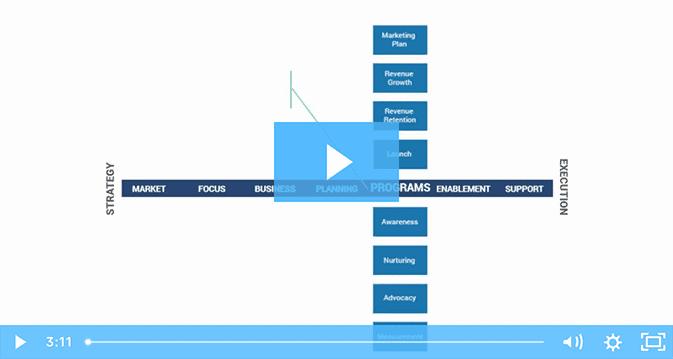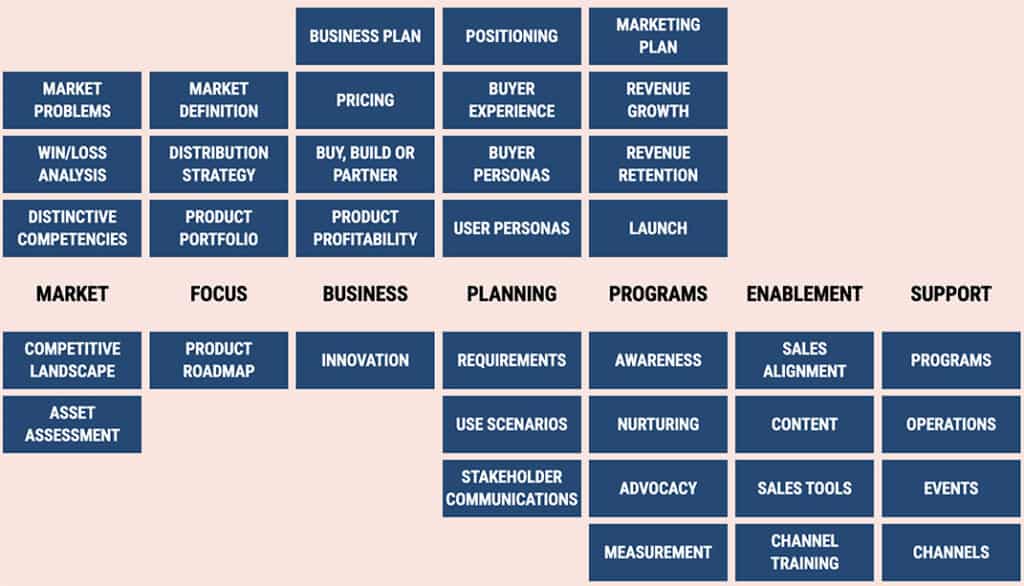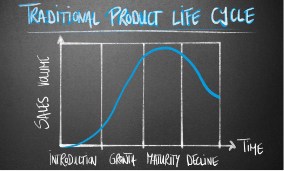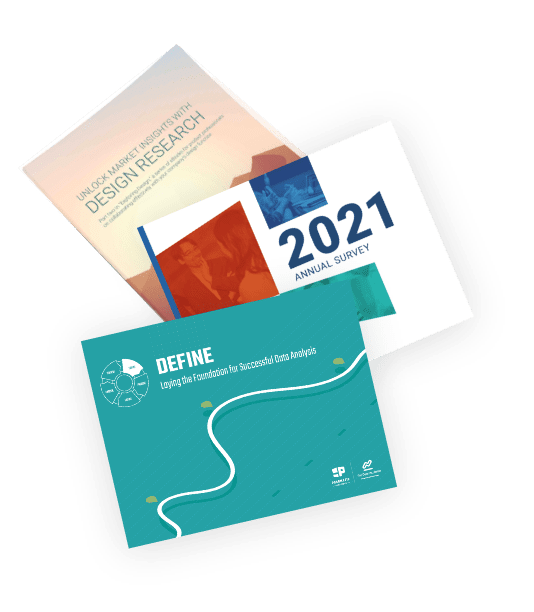The Perfect Solution To Product The Pragmatic Framework
The Framework breaks down the essential activities needed to build and market products people want to buy.
The best way to learn the Pragmatic Framework?
By taking our courses, where we’ll break down each of these 37 boxes of product awesomeness to show you practical ways to implement our tried and true strategies.
250,000+Total Alumni
30,000+Active Alumni members using the community
8,000+Active Companies using the Pragmatic Framework
Explore the Framework
Pragmatic Framework Spotlight

What is measurement in marketing? What metrics should you be measuring?
Everything you do in business ties back to building awareness and brand reputation, retaining and acquiring customers, and growing revenue. Unfortunately, it’s not always easy to measure the impact of your marketing efforts based on these factors alone.
The Pragmatic Framework talks about why it’s so critical to measure your efforts, which specific metrics you should be tracking, and what tools you can use to do it.








